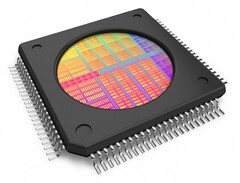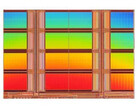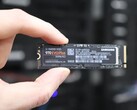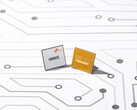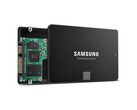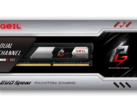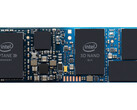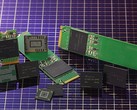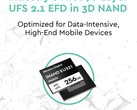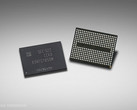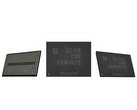Ever wondered why NVMe SSDs are so affordable or how all those affordable Chinese mid-range smartphones can integrate up to 256 GB of storage? The NAND flash chip oversupply that has been signaled together with the DRAM oversupply since late 2018 helped bring down the costs of SSDs, but NAND chip makers are not happy with this turn of events. According to TrendForce, some of the largest chip makers, including Intel, Micron and SK Hynix are looking to reduce NAND memory production in order to avoid a potential market crash. Samsung is also expected to adopt similar measures.
Earlier this year, TrendForce estimated that the NAND oversupply would lower prices for SSDs and mobile storage by up to 20% by the end of Q1. The problem resides in the rapid transition to high-capacity 64-layer and 96-layer NAND chips, while older 36-layer and 48-layer chips are still being produced. Micron and SK Hynix announced that are willing to reduce overall wafer output and older chip production, yet ramp up production for the new 64-layer, 72-layer and 96-layer chips. Intel only stated that it will take the necessary steps to decrease chip production output.
While Samsung has not yet presented any plans for its NAND memory production, the Korean must clearly be concerned about its dwindling Q1 2019 profits that have seen a 60% reduction compared to Q1 2018. Analysts attribute this reduction to factors like lower demand for flagship smartphones and low prices for DRAM and NAND chips.
I first stepped into the wondrous IT&C world when I was around seven years old. I was instantly fascinated by computerized graphics, whether they were from games or 3D applications like 3D Max. I'm also an avid reader of science fiction, an astrophysics aficionado, and a crypto geek. I started writing PC-related articles for Softpedia and a few blogs back in 2006. I joined the Notebookcheck team in the summer of 2017 and am currently a senior tech writer mostly covering processor, GPU, and laptop news.
> Expert Reviews and News on Laptops, Smartphones and Tech Innovations > News > News Archive > Newsarchive 2019 04 > NAND memory oversupply prompts chip makers to significantly cut production
Bogdan Solca, 2019-04-29 (Update: 2019-04-29)


 Deutsch
Deutsch English
English Español
Español Français
Français Italiano
Italiano Nederlands
Nederlands Polski
Polski Português
Português Русский
Русский Türkçe
Türkçe Svenska
Svenska Chinese
Chinese Magyar
Magyar